The Initiative
This initiative corresponds to the FONDECYT initiation project n°11190132 (2019 – 2023), funded by the National Agency for Research and Development ANID and focused on establishing the qualities linked to the perception and emotions of fifteen native woods of Chile.
If you would like to make suggestions, comments or propose possible collaborations, the “contact” section will be permanently enabled after the project closes. We recommend viewing the site on laptops or desktop PCs (especially the “Catalog” section) to take advantage of all its features.







